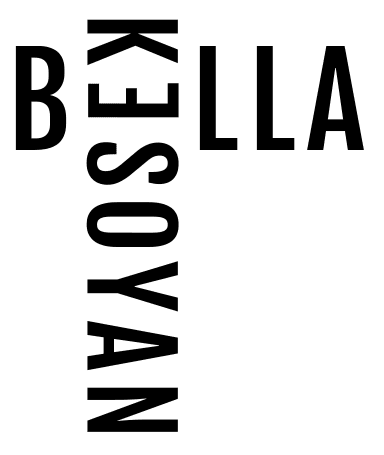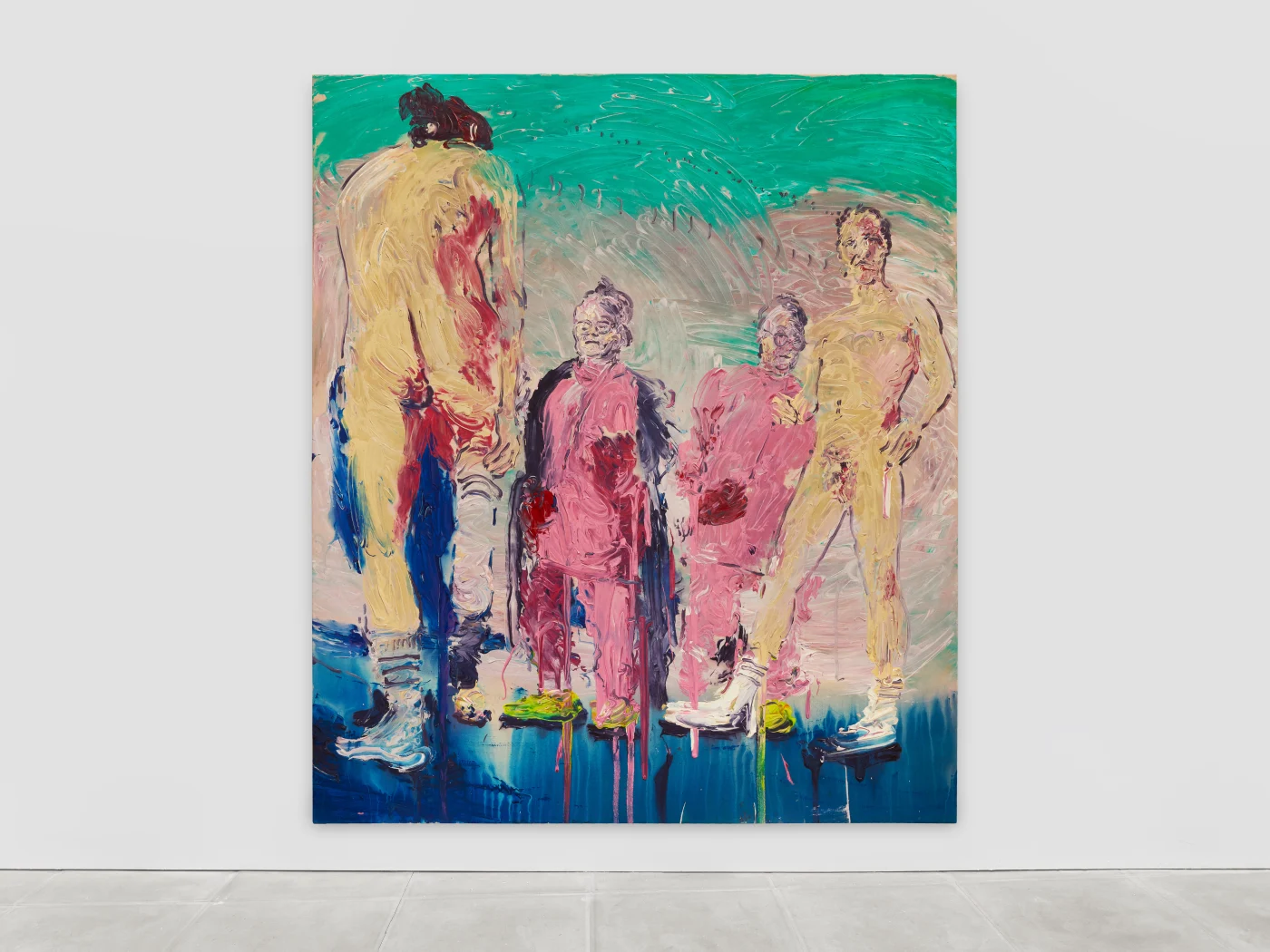The Sunday Painter is pleased to present the first painting show of Portuguese artist Rui Miguel Leitão Ferreira (b.1977) in the UK. Opening June 29th and curated by Daniel Malarkey, the exhibition sees Ferreira further develop his self-portrait series Posing for Sue.
The relationship between the artist and the model is one of most intimate and complicated of all human interactions. It is also the least observable one. The connection within that relationship is not established through conversation or touch, and the strength of the bond is not measured by the depth of emotional intimacy. The relation between the artist and their model is that of power that emerges through the process of surrender, the process of resignation of oneself to the mind and the intent of another. The very moment the model seemingly gives up all the power to the artist, they take it back through the vulnerability of their position. By exposing their body, the model becomes the object of chase and veneration, the ideal to be attained, the riddle to be solved, the story to be unfolded. The moment when the harmony is reached between the yearning and the intrigue of the artist and the limits and the territories of the model, and the trust is established, a relationship of true inspiration, experimentation and collaboration can thrive.

In his paintings Rui Miguel Leitao Ferreira attempts to unmask and liberate this very connection. He flips the roles of the artist and the model and gives up his power of the gaze in order to investigate his role as creator and his own naked body as an object of veneration. Rui Ferreira and Sue Tilley met in 2013 when the artist posed naked for the first time for a life drawing class, where Sue was one of the people in the audience. Initially uneasy about his own nakedness in a room full of people, Rui, to his own amazement, found in Sue’s eyes the calm and the confidence that allowed him to become comfortable in his position and to feel empowered. The moment in which Rui established a silent connection with Sue is the moment he continues to re-enact through his work. Sue, a professional model, widely known for her work with Lucian Freud, was the sole object of Rui’s interest. However, it was not just Sue’s relation to Freud that piqued the artist’s interest, but Sue herself – her writing, her experiences, her personality captivated his mind.
Straight away, at their first encounter Rui proposed Sue a project, filming him taking his clothes off in front of her. Some of the poses came to the artist’s mind from the works of art he wanted to investigate in relation to his own questions. The idea of letting Sue spank him was inspired by Max Ernst’s Young Virgin Spanking the Infant Jesus (1926), while Rui kneeling naked in front of his model was to recreate one of Freud’s late self-portraits Painter Surprised by a Naked Admirer (2005). By allowing his model to take charge, he wanted Sue to tell him how she felt about Freud and other artists through her body language:
“I’m sitting on her lap. She will spank me.
I asked her for that.I said, please do it as you would, don’t hold back.
And she slapped me really hard.
I have two takes of this amazing video where she really goes for it and my bum cheeks are red.
Where did that charge came from?”
Through Sue, the artist was revisiting his own childhood experiences, his own playfulness, or, in his own words, “just the sex club I had been in the week before”. The positioning of the camera and the light was crucial for the artist. Fascinated with the quiet grace of the young man’s fingers in Bronzino’s portrait and the sinuous exaggerated pose of Giambologna’s Roman warrior in his remarkable Abduction of a Sabine Woman, Rui positioned his camera at an upward angle to give his own forms the hyper-elegance and the open sexuality of the elongated Mannerist bodies. The lens of the camera captured the source of the gaze, focusing on Sue’s role as a viewer. Interestingly, Rui did not start making works from this project until 2019, when he turned to his archive in an effort to come back to his ‘initial states’ and re-establish himself within painting.

Painting images re-appropriated from the film stills, Rui Ferreira follows into the footsteps of so many artists before him, Dürer and Pontormo being notable examples, in using his naked body and his sexuality as a tool. However, while Dürer and Pontormo looked inwards for the reality of an unidealized body and projected their own lived experiences into their nudity, Ferreira studies his body through the impersonal lens of the camera and through the eyes of the model. The artist does not identify with his figures, on the contrary, he intentionally distances himself from his sexuality, leaving for the viewer only the naked power of connection between the observer and object of the gaze.
Rui brings unabashed physicality to his work, both literally and symbolically. Although in that moment of creation the body he is painting is not his own, it is an inherent part of the creation process. The artist often uses his hands instead of brushes, sculpting the shapes of the bodies on canvas. However, the physical touch is raised to another level when it comes to his abstractions. The large-scale creations, bursting with colour and life, emerge from an arduous process of creating multiple layers of paint, covering each one with coarse, tear-resistant fabric and then pulling the rough material off to reveal the image underneath, the last stage requiring considerable physical strength.
Yet, within the paragone dispute between painting and sculpture, he favours the medium of painting to free the works from a single viewpoint and to bring the viewer into the conversation. When Rui is working, he is only aware of the canvas and what it compels him to do. The artist processes his desires and passions onto his paintings as a way to delay and suspend the experience. His questions are innate to him and his artistic journey, yet they allow us to shine a different light onto our own fundamental questions – ourselves, our bodies, our relationship to art.
You can view more details about the exhibition here.

